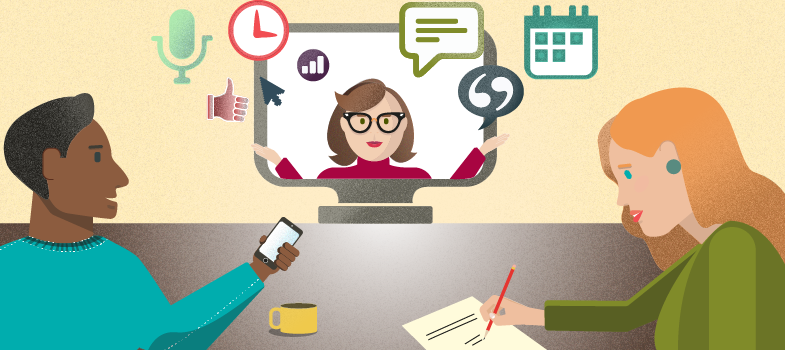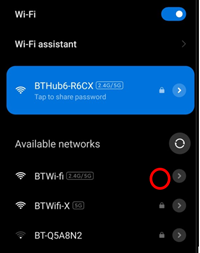Using public Wi-Fi
A hotspot is an area where Wi-Fi access is available. This may be through a home network or a public network in places such as restaurants or airports.
Wi-Fi hotspots in coffee shops, libraries, airports, universities and other public places are convenient, but often they’re not secure. If you connect to a Wi-Fi network and send information through websites or mobile apps, there is a possibility it might be accessed by someone else.
To protect your information when using wireless hotspots, send information only to sites that are fully
Tips for using public Wi-Fi safely
![]() When you’ve finished using an account, log out.
When you’ve finished using an account, log out.
![]() If asked to set up an account to access public Wi-Fi, do not use the same password as you have for other accounts.
If asked to set up an account to access public Wi-Fi, do not use the same password as you have for other accounts.
![]() Do not download anything using public Wi-Fi as there is greater risk of malicious programs.
Do not download anything using public Wi-Fi as there is greater risk of malicious programs.
![]() Ensure your browser and security software are up to date before using public Wi-Fi.
Ensure your browser and security software are up to date before using public Wi-Fi.
![]() Consider changing the settings on your mobile device so that it doesn’t automatically connect to nearby Wi-Fi. That way, you have more control over when and how your device uses public Wi-Fi.
Consider changing the settings on your mobile device so that it doesn’t automatically connect to nearby Wi-Fi. That way, you have more control over when and how your device uses public Wi-Fi.
![]() Never perform a retail or bank transaction using public Wi-Fi.
Never perform a retail or bank transaction using public Wi-Fi.
3.4 Protect your wireless network

